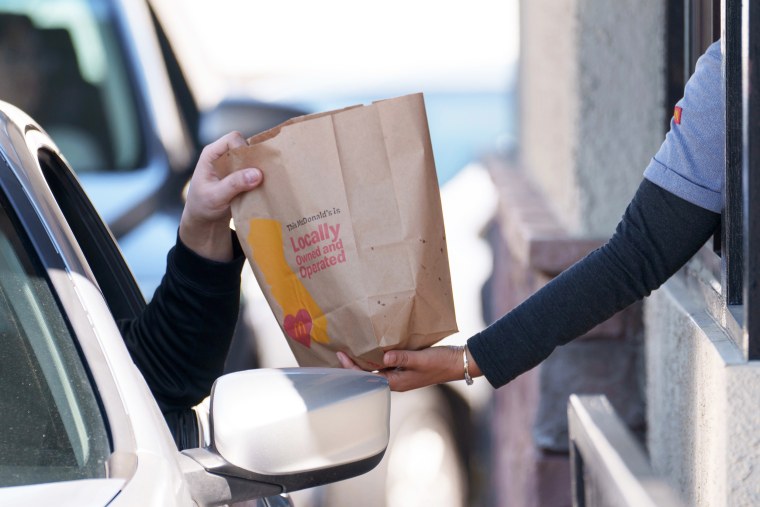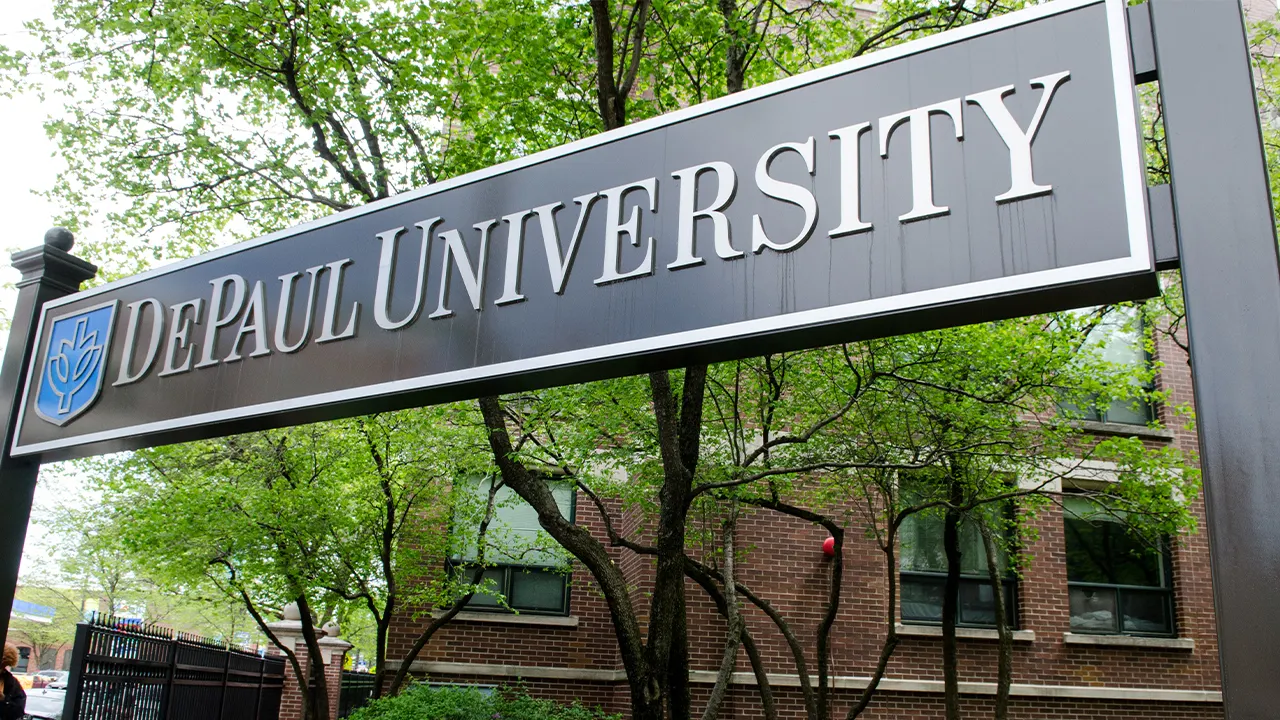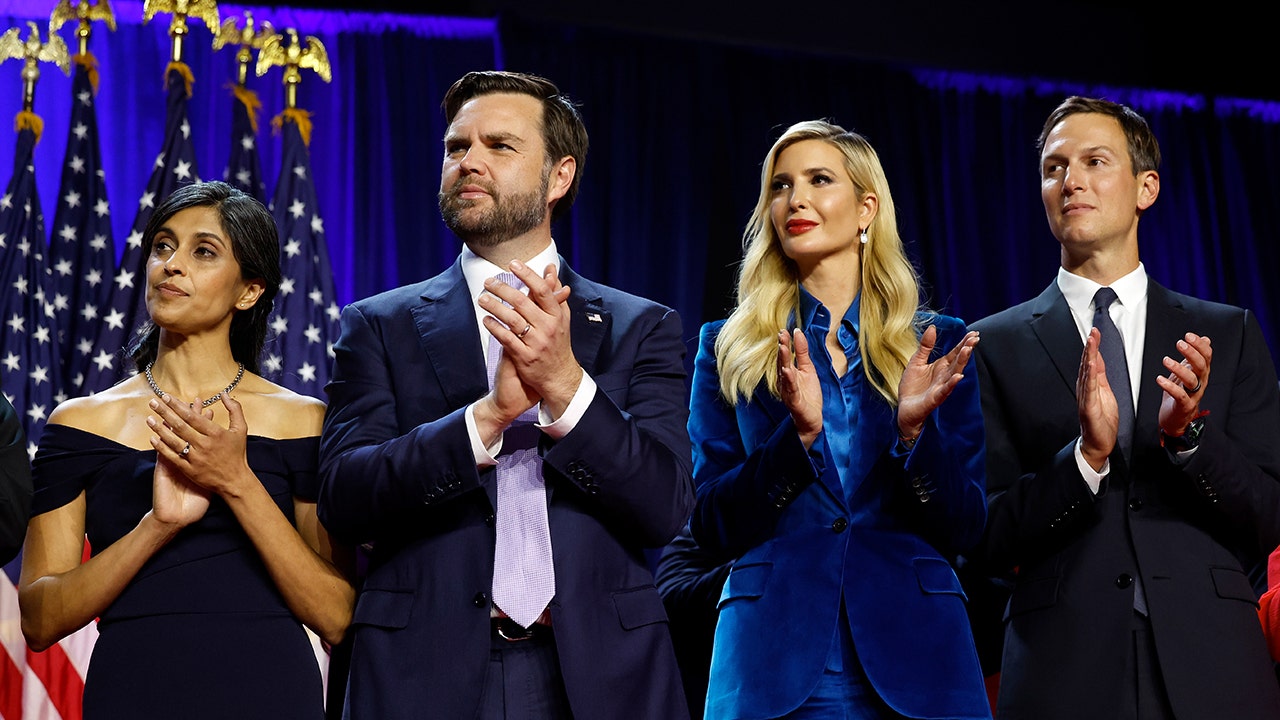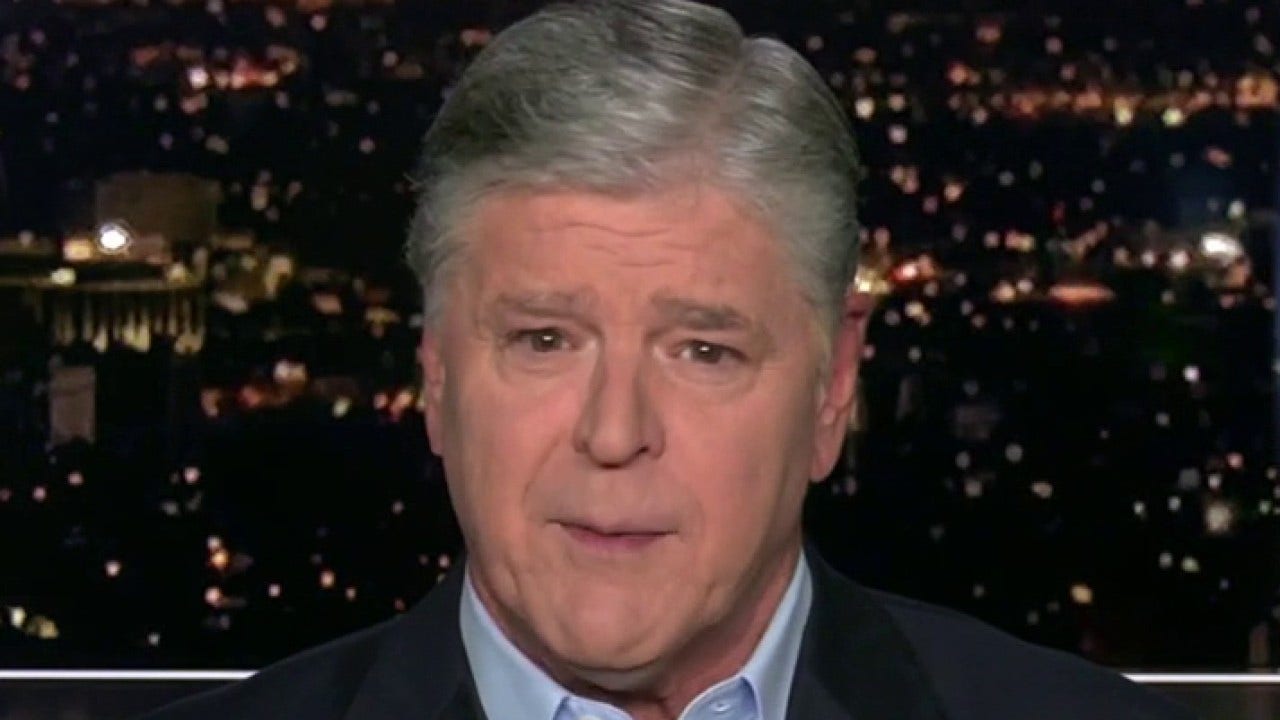Life under the Golden Arches hasn’t been easy this year.
McDonald’s has faced a customer revolt over pricey Big Macs, an unsolicited cameo in election-season crossfire, and now an E. coli outbreak — just as the company had been luring customers back with more affordable burgers.
Still, like U.S. consumers themselves, Mickey D’s remains in sturdy shape heading into 2025, despite its ongoing challenges.
The fast-food giant reported Tuesday that it had reversed its recent U.S. sales drop, posting a 0.3% uptick in the third quarter. Foot traffic was still down slightly, but the company said its summer of discounts was paying off.
“We will stay laser-focused on providing an unparalleled experience with simple, everyday value and affordability that our consumers can count on as they continue to be mindful about their spending,” CEO Chris Kempczinski said in a statement alongside the earnings report.
The financial results come toward the end of a humbling year for the nearly $213 billion restaurant chain, whose shares remained steady on the heels of its latest earnings. Kempczinski sought to reassure investors that the E. coli outbreak, linked to Quarter Pounder burgers, was under control after the health crisis temporarily dented the company’s stock and caused U.S. foot traffic to drop nearly 10% in the days afterward, according to estimates by Gordon Haskett financial researchers.
“We view it as being behind us,” Kempczinski said on Tuesday’s earnings call.
Despite a difficult quarter, McDonald’s looks resilient in the face of various pressures, analysts say — something the company shares with U.S. consumers overall.
Relative to other major brands, like Starbucks, that have struggled to reconnect with customers who are watching their wallets, McDonald’s has done an “excellent job” of bringing diners back, said Ravi Dhar, the director of Yale University’s Center for Customer Insights.
“McDonald’s has also done a good job of embedding the brand in popular culture to enhance its relevance and meaning around fun and family. But it also needed to modify the product line to meet the expectations of a consumer who is on a tight budget,” he said.
McDonald’s didn’t respond to requests for comment.
For many consumers, the fast food giant’s menus serve as an informal gauge of the economy overall, said Sara Senatore, a Bank of America analyst covering restaurants. “The spotlight is always on McDonald’s because it’s so big” and something of a “bellwether,” she said.
That may be one reason it has cropped up in the presidential race. Vice President Kamala Harris has touted the summer job she once held at the burger chain, looking to shore up her middle-class credentials. That spurred former President Donald Trump to sling fries this month at a Philadelphia-area McDonald’s in a photo op.
Mickey D’s’ $5 meal deal, which it launched in late June to jumpstart slumping sales, has given the company an appealing price point to advertise nationwide, Senatore said, speculating that it could open the door to a new permanent value offering. But before that promotion rolled out, the company’s reputation as a low-cost option had taken a bruising hit.
Like many major brands, McDonald’s raked in big profits as the economy reopened from the pandemic. In October 2022, executives were boasting that they’d been raising prices without crimping traffic, even as competitors began to warn that some customers were closing their wallets after inflation peaked above 9% that summer. Still, the U.S. had repeatedly dodged a much-forecast recession, and Americans kept spending on nonessentials like travel and dining out — despite regularly relaying to pollsters their dismal views of an otherwise solid economy.
But by early this year, photos of eye-watering menu prices at some McDonald’s locations — including an $18 Big Mac combo at a Connecticut rest stop from July 2023 — went viral, bringing diners’ long-simmering frustrations to a boiling point that the company couldn’t ignore. On an earnings call in April, Kempczinski acknowledged that foot traffic had fallen.
 A McDonald's drive-thru in Los Angeles.Eric Thayer / Bloomberg via Getty Images file
A McDonald's drive-thru in Los Angeles.Eric Thayer / Bloomberg via Getty Images file“Consumers continue to be even more discriminating with every dollar that they spend,” he said at the time. Going forward, McDonald’s would be “laser-focused” on affordability.
Mickey D’s wasted no time extending the $5 meal deal promotion, with Coca-Cola kicking in some marketing funds, after it performed better than expected.
“The thing that McDonald’s had struggled with, and why I think we’re seeing kind of an inflection point, is a value proposition,” Senatore said. “McDonald’s menu price increases had run ahead of a lot of its restaurant peers. … Consumers are savvy enough to know that.”
The company is far from the only one executing a course-correction, said Sam Oches, editorial director of the restaurant and food group at Informa, a market research firm. “Everyone has been trying to find solutions to the downward traffic trend all year,” he said.
Landing on the right formula isn’t easy, Oches said, as it requires adjusting to shifts in consumer behavior that are still in flux: “Someone might be saying, ‘No more McDonald’s beverage treats today, I’ll eat at home — but maybe I’ll still get one tomorrow.’ But even a few visits less, over millions of people, has a big impact.”
Senatore partly chalked up McDonald’s’ ability to tackle the problem to its sheer size, with over 14,000 locations in the U.S. alone. “I cannot overstate how important relative scale is in this industry,” she said. “They just have a much bigger bullhorn.”
Other big bullhorn-welding companies have joined the price-cut bandwagon this year, fearful of their own customer defections or looking to address pullbacks already underway. Amazon, Walmart, Target, Best Buy, Walgreens and JetBlue are just a handful of major consumer brands that have leaned into discounts this year. That reality still holds sway as consumers adjust to higher prices even as the inflation fever has broken, with the pace of price hikes slowing last month to its lowest level since February 2021.
Even so, 64% of consumers said they noticed price increases at quick-service restaurants in September, more than at any other type of venue, according to a survey by Datassential, a food and beverage market researcher. Politicians are still drawing attention to fast-food costs, too, as the election season barrels toward a tumultuous finish. A group of Democratic senators this month denounced McDonald’s for menu prices that they said outstripped inflation, accusing the company of looking to profit “at the expense of people’s ability to put food on the table.”
In such a climate, analysts expect to see the discounts and promotions continue. “In a normalized environment, I don’t think you would see as much of an emphasis on value as we see right now,” said Jim Salera, a restaurant industry analyst for the financial firm Stephens.
And so far, that play is largely working. Retail sales rose 0.4% last month, better than expected.
“September’s numbers show consumers are willing to spend where they see value,” Jack Kleinhenz, the National Retail Federation's chief economist, said in a statement. “Clearly, consumers continue to carry the economy, and conditions for the retail sector remain favorable as we move into the holiday season.”
For McDonald’s, even the E. Coli outbreak — which has sickened 75 people in 13 states and left one person dead — hasn’t shaken Wall Street’s faith in the company. Its stock has been on “a fairly volatile ride,” Senatore acknowledged, but is roughly flat since the start of the year. JPMorgan analysts recently said the company’s shares are “now trading on emotion/worry” and pointed to McDonald’s’ robust, flexible supply chain and strong momentum from the $5 meal.
Whether these expectations bear out in the fourth quarter and into next year remains to be seen. But for now, the company is managing to tough it out.
“They’re constantly fighting for attention, loyalty, trust, working on menu innovations, rolling out loyalty programs,” Oches said. “It’s a battle out there.”
Rob Wile is a Pulitzer Prize-winning journalist covering breaking business stories for NBCNews.com.
Alexandra Byrne is an intern with the NBC News Business and Economy Unit.

 3 settimane fa
7
3 settimane fa
7















 English (US) ·
English (US) ·